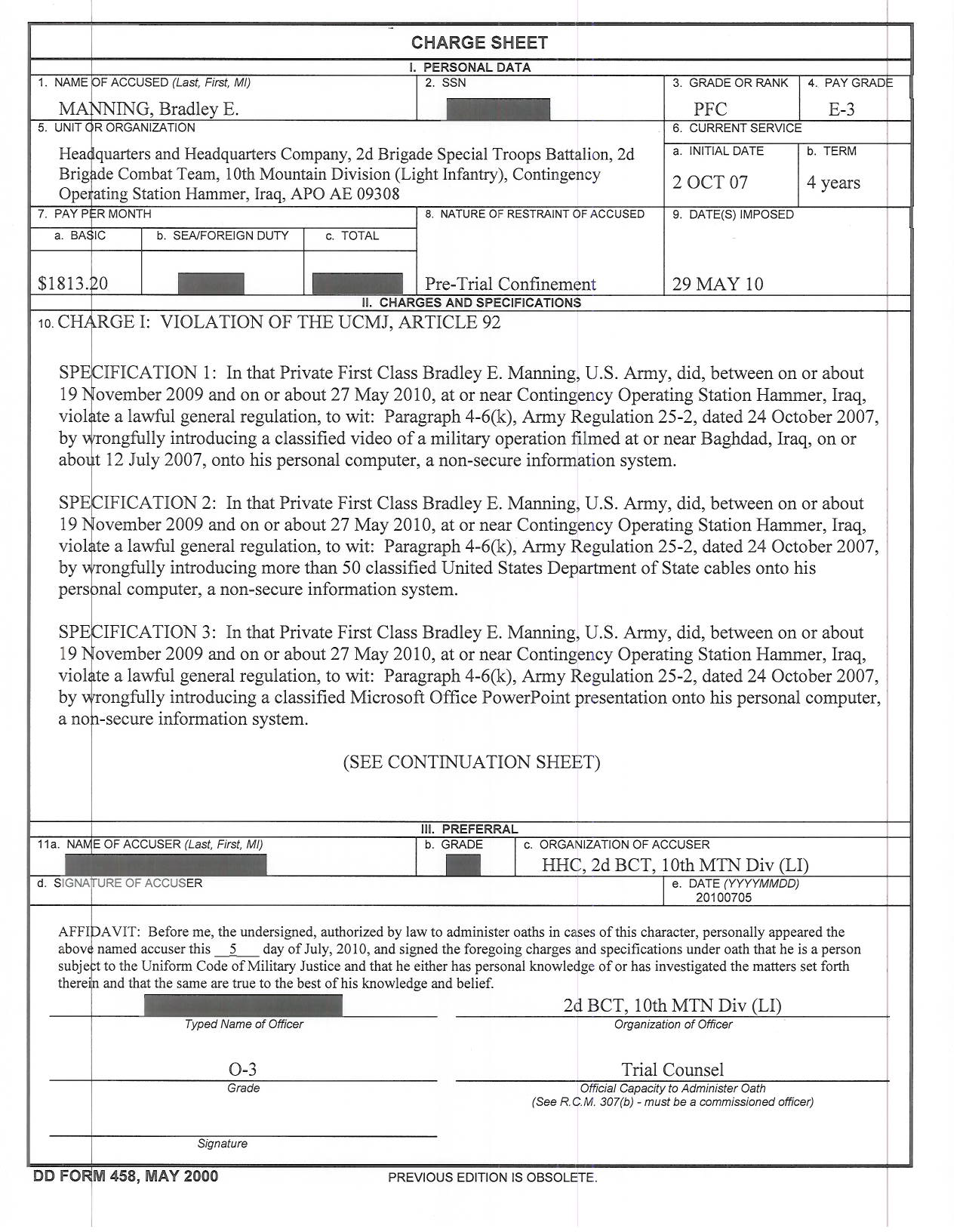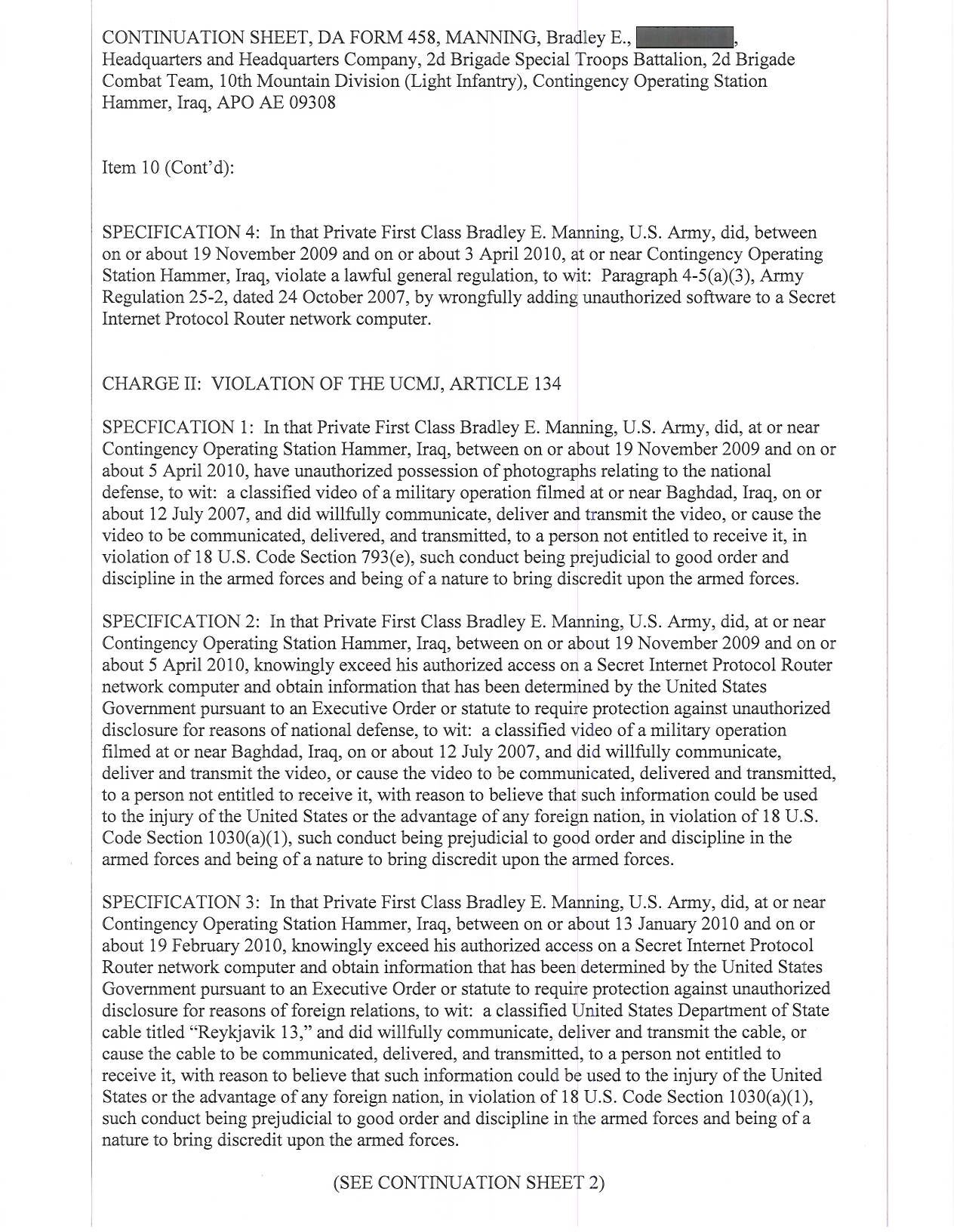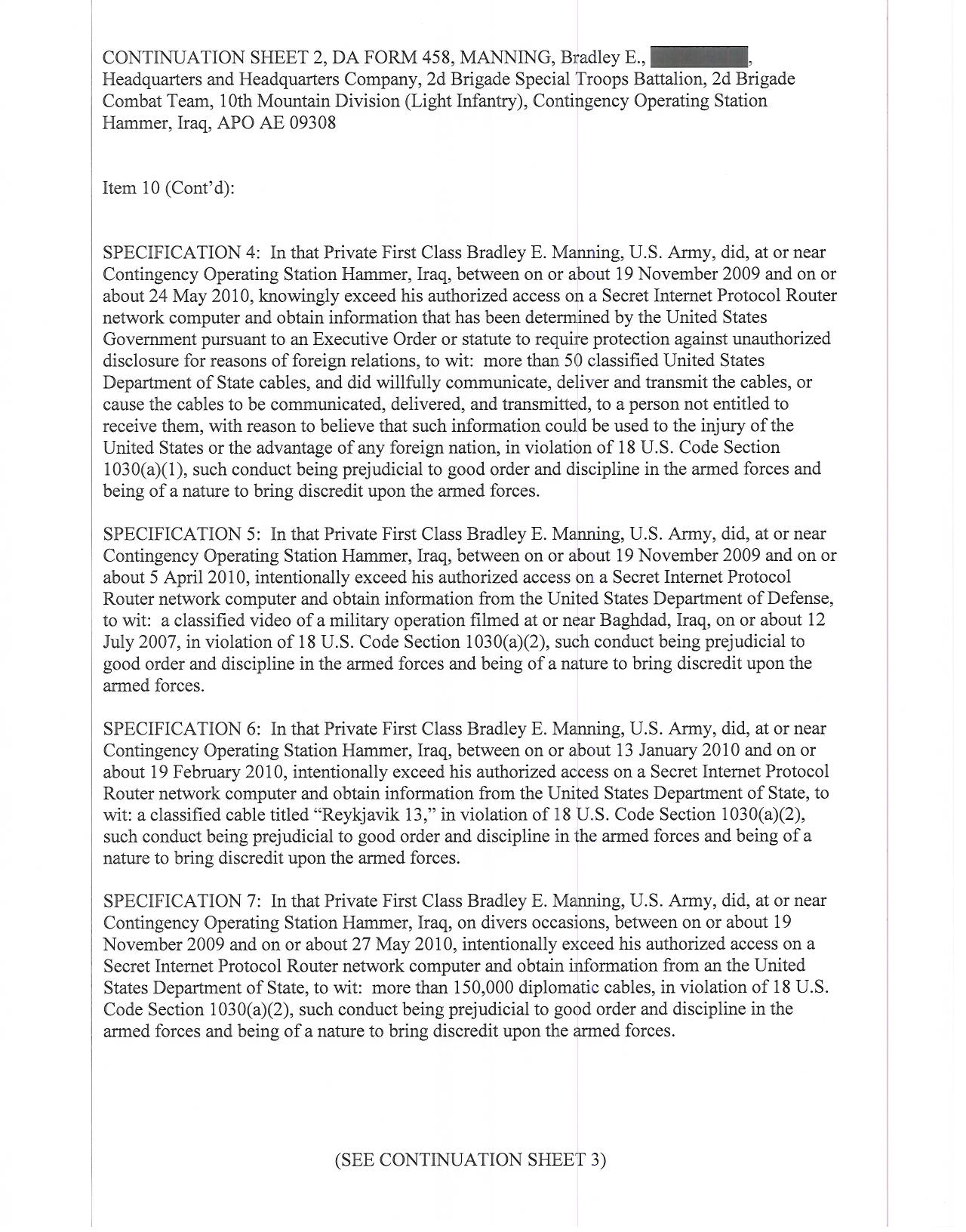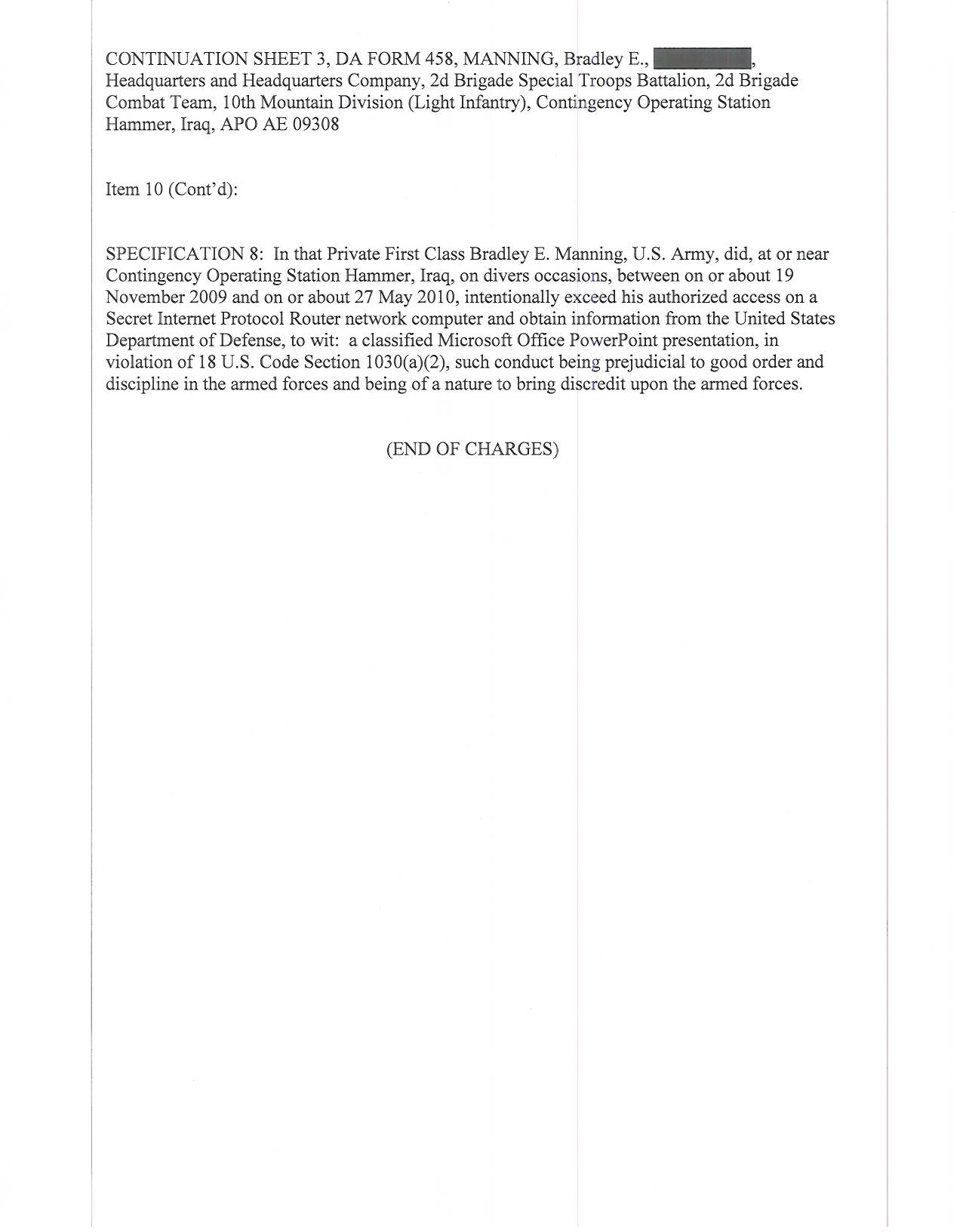This report is the year end 2016 of immigration statistics. While anything the Department of Homeland Security under Napolitano or Johnson ever published is suspect, using the numbers they provided is bad enough. It certainly spells out how ugly the world is country by country and the report tell us how bad it is, while one must consider other Western nations have similar reports. This report is over 100 pages and the pages are number by category by year. The reality is staggering.
Yearbook_Immigration_Statistics_2015
Statistical data on immigration have been published annually by the U S government since the 1860s Over the years, the federal agencies responsible for reporting on immigration have changed, as have the content, format, and title of the annual publication Currently, immigration data are published in the Yearbook of Immigration Statistics by the Office of Immigration Statistics in the Policy Directorate of the Department of Homeland Security.
The globe has lost all equilibrium and the professionals estimate for this condition to remain for the next ten years. We have yet to have a top down discussion on actually stabilizing countries one by one. And then there is the question of affordability. Can nations continue to finance war, nation building, and chasing terror indefinitely?
Meanwhile, President Trump has called for a ‘safe zone’ in Syria for Syrians seeking protection. He has called for this area to be protected by U.S. Marines. Hummm
*** President Trump envisions using the U.S. military, in conjunction with the State Department, to establish and protect refugee camps in Syria and neighboring countries, according to a draft executive order outlining several steps the new administration intends to take with hopes of preventing future terrorist attacks on American soil.
First obtained and published Wednesday by The Huffington Post, the document alludes to Trump’s controversial calls to prevent people fleeing the war-torn country from entering the United States, and it indicates he wants to see a plan by late April. The objective is to establish “safe zones” — both inside Syria and in neighboring countries — that will be used to “protect vulnerable Syrian populations” while they “await firm settlement” either elsewhere in Syria or in other countries.
Trump wants Defense Secretary James Mattis to coordinate the effort with his counterpart at the State Department, expected to be Rex Tillerson, who is pending Senate confirmation.
A draft executive order circulating on social media Wednesday indicates the U.S. military could be used to establish and secure refugee camps in Syria. (Via Twitter)
A Defense Department official was unable to verify the document’s authenticity. “And even if I were, they appear to be drafts,” said Eric Pahon, a spokesman at the Pentagon. “DoD does not comment on pre-decisional draft documents.” A State Department spokesman referred questions to the White House.On Wednesday, White House Press Secretary Sean Spicer did not directly address the document but said Trump would discuss the issue at length in the near future.
“The president has talked extensively about extreme vetting,” he said. “And you’ll see more action this week on keeping America safe. This has been something he talked about in the inaugural address. He talked about it in the campaign.
“Allowing people who are from a country that has a propensity to do us harm, [we need] to make sure that we take the necessary steps, to ensure that the people who come to this country, especially areas that have a higher degree of concern, that we take the appropriate steps to make sure that they’re coming to this country for all the right reasons.” More here.
BEIRUT (AP) — The Latest on the Syrian conflict (all times local):
12:20 p.m.
A Turkish official says his country has always supported the idea of safe zones in Syria but would need to review any U.S. plans before commenting.
U.S. President Donald Trump is directing the Pentagon and State Department to produce a plan for safe zones in Syria within 90 days, according to a draft executive order he is expected to sign this week.
Foreign Ministry spokesman Huseyin Muftuoglu told reporters that Turkey has “seen the reports on a request for a study on the safe zone,” adding that “what is important is to see the result of these studies.”
He pointed to the Syrian city of Jarablus, where thousands of Syrians have returned after Turkish-backed opposition forces drove out the Islamic State group, as a good example of what can be achieved.
___
11:15 a.m.
The Kremlin says a U.S. plan for safe zones in Syria should be thoroughly considered.
Asked to comment on a draft executive order that President Donald Trump is expected to sign this week, Russian President Vladimir Putin’s spokesman, Dmitry Peskov, underlined the importance to “thoroughly calculate all possible consequences” of the measure. He noted Thursday that “it’s important not to exacerbate the situation with refugees.”
While suspending visas for Syrians and others, the order directs the Pentagon and the State Department to produce a plan for safe zones in Syria and the surrounding area within 90 days.
Safe zones, proposed by both Trump and Democrat Hillary Clinton during the campaign, were considered by the Obama administration years ago and ruled out, in part because of Russia’s air campaign in Syria.

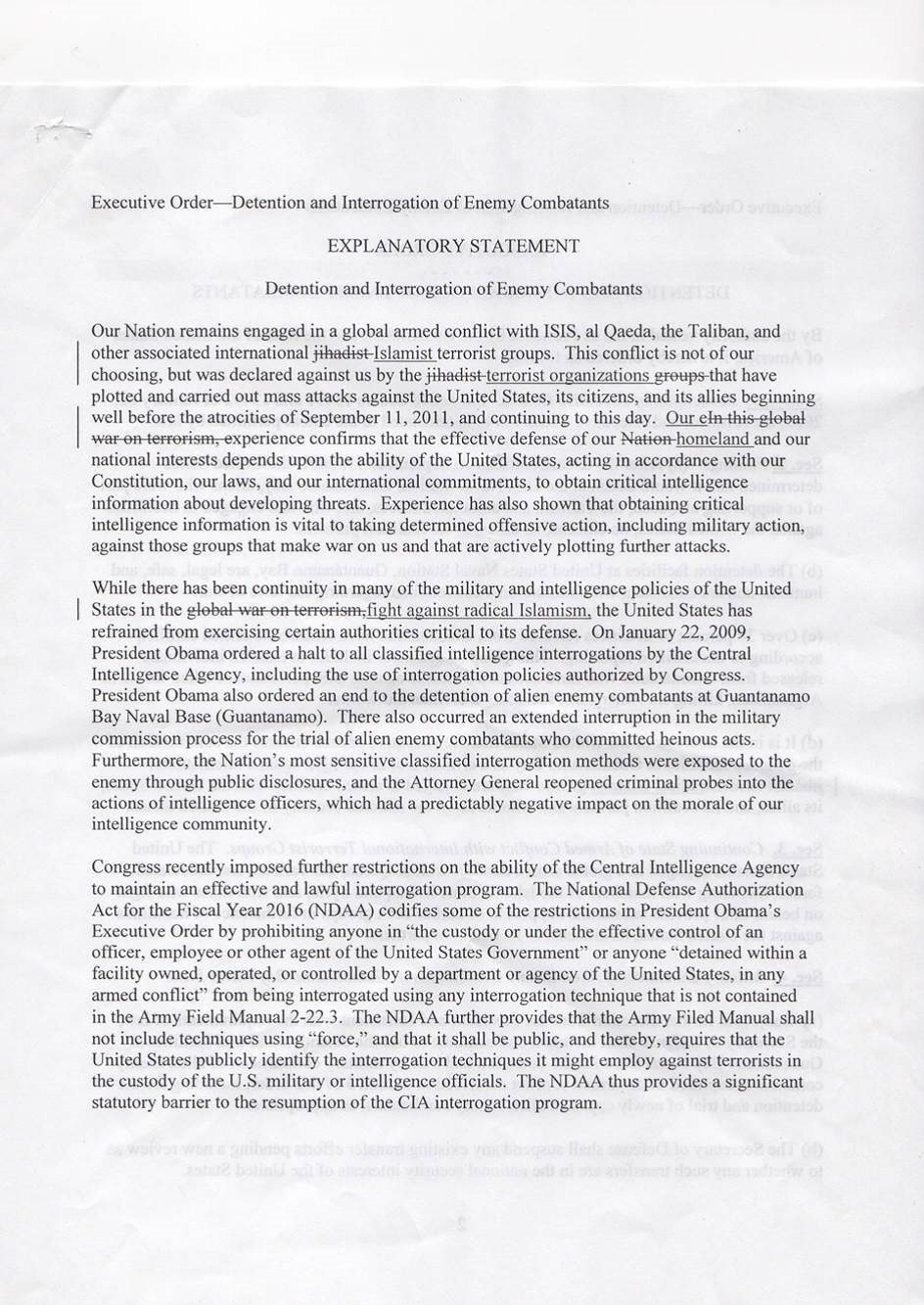 A Black Site is one thing, Interrogations another, but applications of enhanced interrogation methods, yet a third…
A Black Site is one thing, Interrogations another, but applications of enhanced interrogation methods, yet a third…